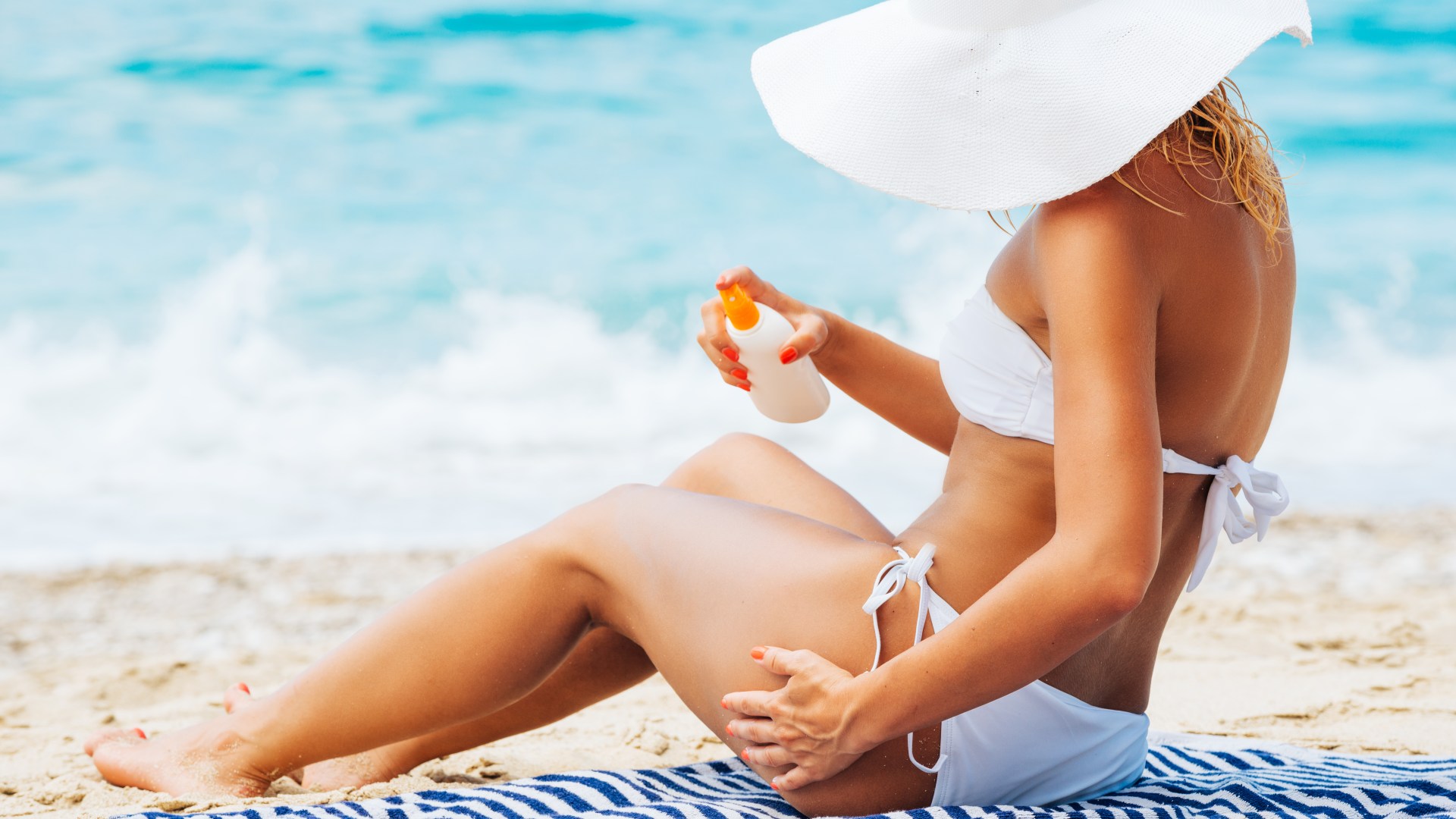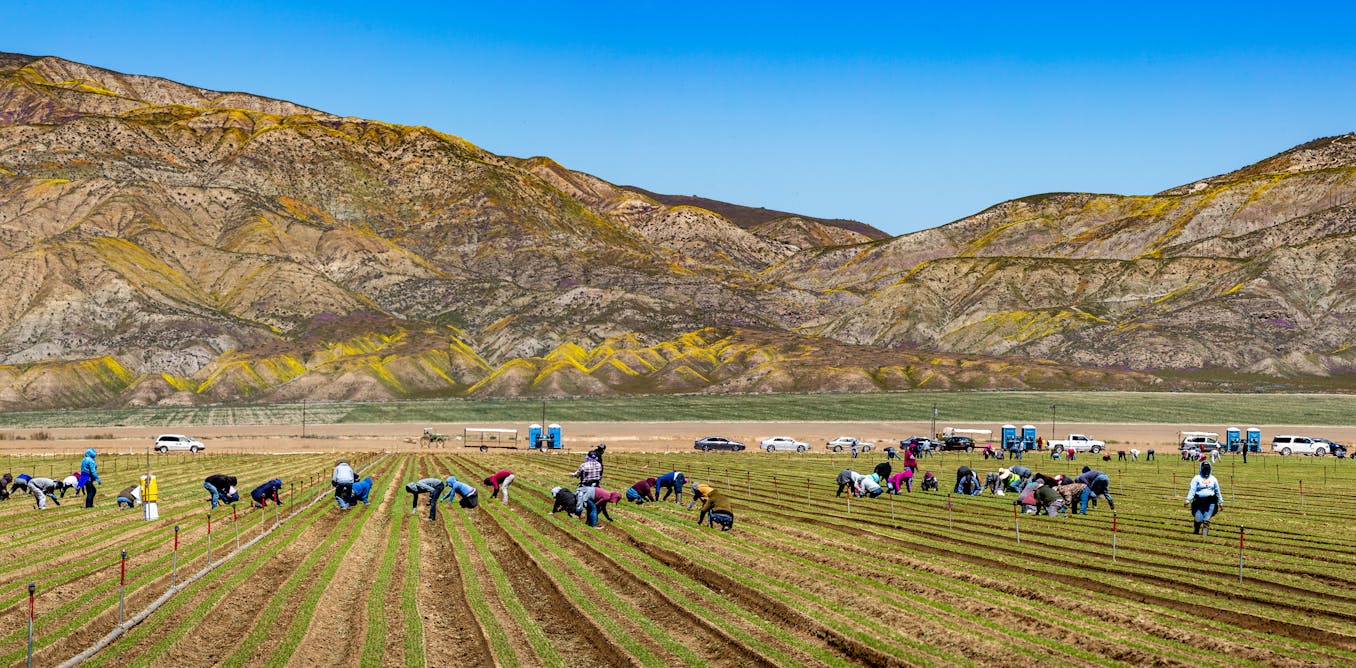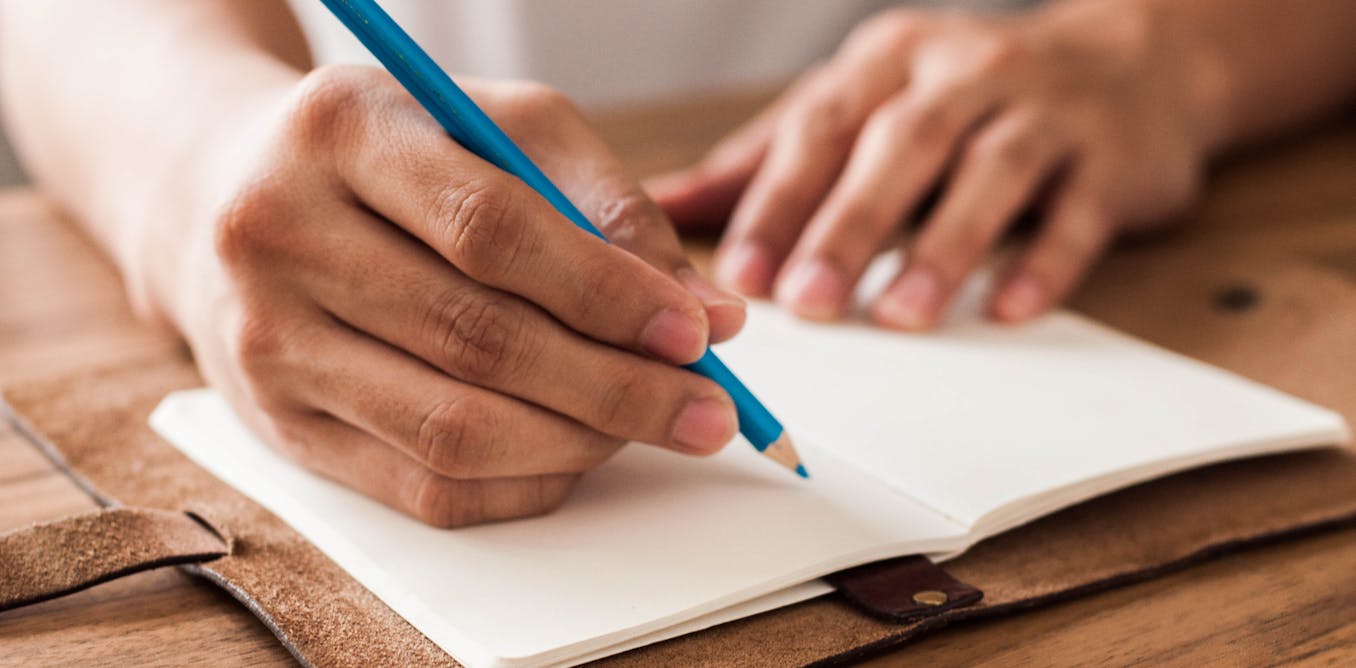THE CLOUDY start to this summer will likely have you itching to go abroad to soak up some sunshine.
But our desire to hit the beach is thought to be behind growing skin cancer rates in the UK, experts warn.
11
A longing for that holiday glow, combined with a growing ageing population and the public’s greater awareness of the symptoms, has fuelled the surge.
A staggering nine in ten cases of melanoma, the deadliest form of skin cancer, are linked to exposure to the sun.
So sun safety measures — think sun cream, hats and brollies — can save lives.
Marc Hurlbert, CEO of Melanoma Research Alliance, tells Sun Health it’s “crucial” to remember the dangers of prolonged sun exposure as the school holidays kick off.
“The sun’s UV rays are strongest during this season, making it essential to take protective measures,” he warns.
“Simple steps such as using broad-spectrum sunscreen, wearing protective clothing and seeking shade can greatly reduce your risk.
“Protecting your skin isn’t just about avoiding sunburn — it’s a vital step in preventing skin cancer.” But do you know everything you should about protecting yourself and your kids?
Dr Jonathan Kentley, an NHS dermatologist at London’s Chelsea and Westminster Hospital and MRA ambassador, warns many of us fall for common misconceptions and make simple errors when it comes to sun safety.
Do you use a towel to dry off after a dip in the sea?
Or are you guilty of believing that a base tan will protect you?
Here, Dr Kentley reveals ten common mistakes about exposure to the sun, while urging you to check your skin for changes every month and seek help if you spot anything worrying.
Relying on SPF for your kids
CHILDREN should be kept out of direct sunlight as much as possible.
Dr Kentley says: “We know melanoma skin cancer particularly is strongly related to sunburn in childhood.

11
“If you had a couple of sunburns as a child, that really increases your risk of melanoma later in life.”
As well as using the highest SPF, kids should wear UV protective clothing, especially on holiday.
“So long sleeves, long trousers or bodysuits, especially if they’re going to be swimming, ” says Dr Kentley.
Add a wide-brimmed hat that covers as much of their face, ears and neck as possible, to maximise protection.
Re-using old sunscreen
BE careful with using last year’s sun cream this summer.
On every bottle is an expiry date – look for a symbol that resembles an open jar or tub.

11
Next to it is a number representing how many months the product lasts after it has been opened.
Dr Kentley says: “Most sunscreens can be left open for six to 12 months but this varies.
“It can be helpful to write the date you open it on the bottle.
“Chuck the sunscreen after it has expired or been left open too long as the filters will start to break down and not provide enough protection.”
Thinking darker skin won’t burn
FAIR-skinned people are the most in danger of skin cancer.
But that doesn’t mean to say those with a dark complexion are not at risk – even if they have never been burned.

11
Darker-skinned people tend to get diagnosed with skin cancer at a later stage than lighter-skinned people, with consequently lower survival rates, studies suggest.
Dr Kentley says: “It does happen in dark-skinned people.
“A lot of the concerns people have cosmetically with darker skin is pigmentation.
“So in terms of combating signs of ageing, blue light, which is part of the visible light spectrum, can often trigger that.
“Some sun creams will filter out the blue light which can help with pigmentation.”
Skimping on the skin saver
THE NHS says adults should apply six to eight teaspoons of sunscreen over the entire body at each application.
Given you should reapply every two hours, that is a lot of sun cream.

11
Dr Kentley says: “Cover your first two fingers from bottom to top in sun cream and that should be enough for your face and neck each day.
“For the rest of the body, it should be around 30ml, which is the size of a shot glass.
“But that is a lot! It would mean going through about a bottle a day.”
It’s just a measurement to keep in mind – just remember you should probably be applying a lot more than you think.
Being desperate for a tan
A TAN is your skin’s attempt to try to protect itself from the sun.
Dr Kentley says: “The DNA in your cells absorbs the light, causing damage.
“So actually, what happens when you get a suntan is you’ve already caused damage to the DNA in your skin.
“Your body’s response to that is to produce more melanin, which then sets like an umbrella on top of your skin cells to protect it from more damage.”
UVB are the UV rays that, despite only making up a small part of the light spectrum, are the most damaging to the skin and are strongly associated with skin cancer.
Dr Kentley says: “Some 90 per cent of non-melanoma skin cancers which are most common, and the vast majority of melanoma which is the most worrying skin cancer because it’s the one that has a higher risk of death, are linked to UVB.
“These skin cancers are completely preventable by wearing sunscreen.”
More bang for your buck
SUN creams can cost anywhere from a few quid to triple figures.
Dr Kentley explains that the high prices of some tends to be due to better formulas that feel or look nicer on the skin.

11
He says: “All the sun cream filters – there are two, mineral and chemical – have decades of research and development behind them.
“Expensive creams just tend to be formulated in a way that people may like more, especially for the face, but a lot of the price is down to branding.
“For example, mineral-based sun creams can sometimes be chalky and often the more expensive ones will remove that effect.
“But high-street brands still offer very, very high-quality sun creams.”
Falling for the ‘base tan’ myth
A BASE tan protects from the sun’s strong rays when you go abroad – or that is what is wrongly believed.
Dr Kentley says: “The most tanned you can go will give you an SPF of about 2. That’s not adequate for preventing ageing and cancer.

11
“If you’re worried you’ll burn, the answer is to be more careful, putting sun cream on and sitting in the shade.”
If you’re getting a base tan to feel more confident in swimwear, don’t use sunbeds.
The World Health Organization classifies them as cancer-causing agents.
Research shows those using indoor tanning devices have up to a 75 per cent higher risk of melanoma, the MRA says.
And Dr Kentley adds: “Most light in a sunbed is UVA, which causes premature ageing.”
Burning isn’t the only danger
UVB rays are only half the story.
UVA rays make up more of the light we are exposed to and penetrate skin differently.

11
Dr Kentley says: “UVA goes deeper into skin, which causes the breakdown of collagen and elastin, which is related to ageing.
“People don’t realise UVA is around all year, it penetrates through clouds. That’s why we say wear sun cream every day.”
But you first want to check if your product has UVA protection.
On the bottle, look for five stars, a circle with UVA written inside it or PA++++ for the highest UVA protection.
Relying on SPF in makeup
NO, the SPF in your foundation is not enough to protect your face from the sun.
Dr Kentley says: “It’s useless. I would say put SPF on first and if you are wearing make-up that has SPF in – it’s an extra boost.

11
“But do not rely on it, because if you need two fingers of sun cream to protect your face, you’d need the same amount of foundation, and no one’s using that on a daily basis.”
Choosing sprays
WE might be lured in by sprays and oils rather than creams.
Dr Kentley warns against the former, saying: “I think they’re OK for topping up, particularly for people wearing make-up who need a boost.

11
“But the issue with aerosol ones is a lot goes in the air. You would need to apply it until the skin was glistening all over.”
When speaking of oils, Dr Kentley says: “They are just a different kind of vehicle.
“ But it can be hard to see where you have put it, compared to creams.
“I always say the best SPF is one you will wear, so if you like the texture, smell, and you’ll wear it, that’s great.”
Forgetting the ears
THERE are several places more prone to skin cancer, including the tops of the ears, neck and backs of the hands.
Dr Kentley says: “People always forget the ears and we often see pre-cancer there from years of missing it.

11
“The armpits and middle of the chest are also forgotten.
“We tell people to put on a head-to-toe layer of sun cream before they go out for the day.
“By the time you’re out at the beach, doing other things, sweating, you aren’t really concentrating.
“The back of the hand is very prone to ageing, which people hate.”
Only trusting SPF
THE higher your SPF, the better protected you are, right? Yes, but only if it’s used correctly.
Dr Kentley says: “SPF measures the ability of a sunscreen to protect the skin against sunburn. This means that, if using SPF 50, the skin can be exposed to 50 times the dose of UVB without burning.
“So, for example, if your skin would normally burn after ten minutes, an SPF of 50 would mean the skin would burn after 500 minutes.”
“But SPF is measured in lab experiments. To get that amount of protection you’d have to use 2mg per 1cm of skin. No one can realistically wear that much, they’d be slipping everywhere, and studies show people only apply around 20 to 50 per cent of the recommended amount, meaning that if they are applying SPF 50, it is only providing around SPF 15-25.”
So while SPF 50 will give you the best protection, you have to be wary.
Dr Kentley says: “Reapplication is largely to ensure you catch any bits you have missed and make sure you are getting the correct level of protection.
“Remember you can still get burnt even when you wear sunsc-reen.”
Signs you should not ignore
THERE are three main types of cancers dermatologists typically treat: Basal cell carcinoma, squamous cell carcinoma (both non-melanoma skin cancers), and melanoma.
Describing the first two types, Dr Kentley says: “Two things to look out for are a red spot or lump which isn’t going away and is slowly growing.
“Particularly if you’re getting any bleeding, like an ulcer that isn’t healing, then you would want to get that checked out.”
Melanoma is much less common but is the most deadly.
Dr Kentley says: “Melanoma is the one we should worry about the most. It has the highest risk of spreading.”
Remember the ABCDE rule to check for melanoma:
A is for asymmetry. Are the two sides of your mole different?
B is for the border. Is the border irregular, with jagged edges?
C is for the colour. Are there different shades of brown and black within the mole?
D is for diameter. At the widest part of the mole, is the diameter (inside) more than 6mm?
E is for evolution. Has it changed in size, shape or colour?




